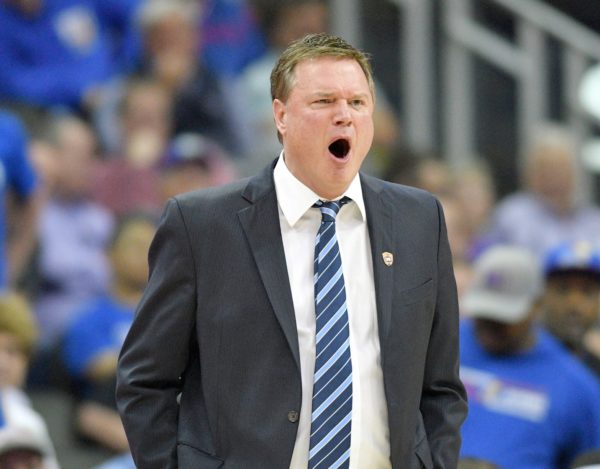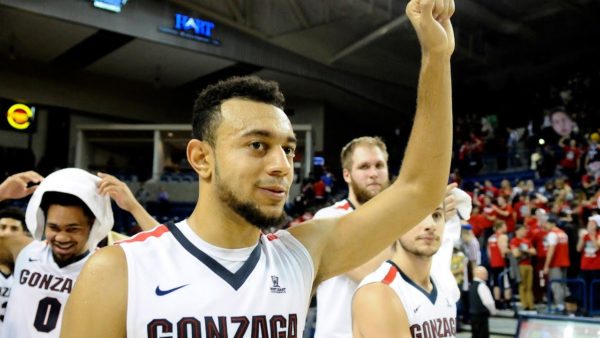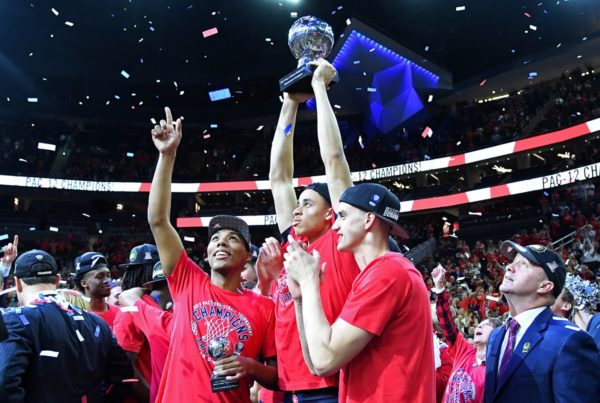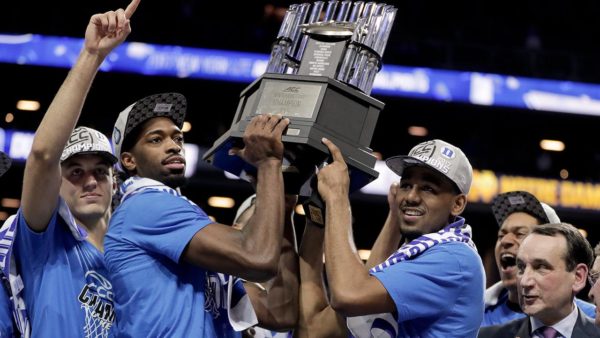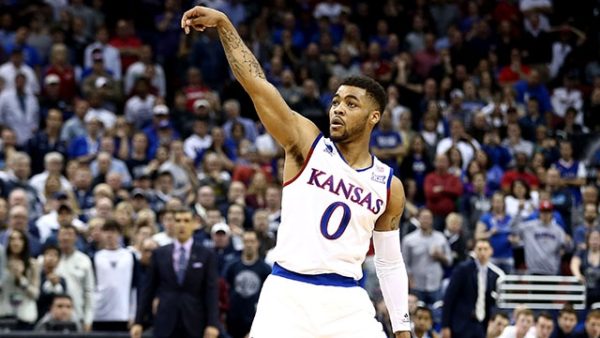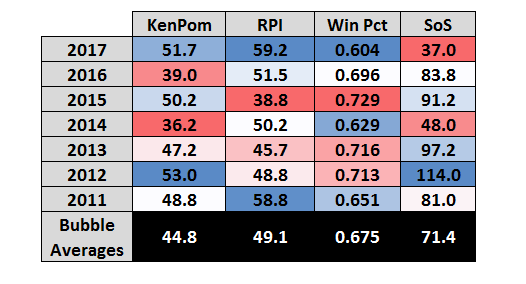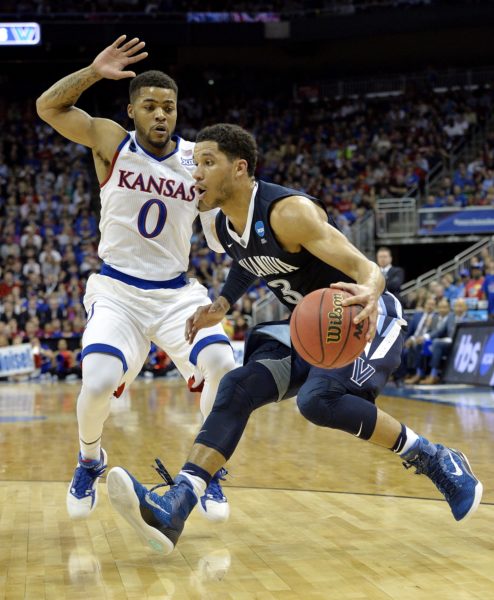RTC Bracket Prep: South Region
Posted by Bennet Hayes on March 13th, 2017All day on Monday we will roll out our region-by-region analysis for the 2017 NCAA Tournament. Here, Bennet Hayes (@HoopsTraveler) breaks down the South Region from top to bottom. Also, be sure to follow our RTC South Region handle on Twitter for continuous updates the next two weeks (@RTCSouthRegion).
South Region
Favorite: #2 Kentucky (29-5, 16-2 SEC). It’s hard to pick a true favorite when examining the top three seeds in this region, as North Carolina, Kentucky and UCLA will all garner buzz as Final Four candidates. However, the Wildcats get the RTC nod as region favorites after a dominant SEC Tournament title run. The Tar Heels are the more experienced unit, but it’s possible that no team in the field can match the talent of these young Wildcats. At the very least, Malik Monk (20.4 PPG) and De’Aaron Fox (16.1 PPG, 4.8 APG) make up the scariest backcourt – freshmen or not – in the entire country, and we’ve heard that guard play matters a little bit this time of year. The Wildcats loom as a favorite in a top-heavy region.

Malik Monk and De’Aaron Fox have Kentucky rolling into this NCAA Tournament (Photo: USA Today Sports)
Should They Falter: #1 North Carolina (27-7, 14-4 ACC). The Tar Heels enter the NCAA Tournament with less momentum than Kentucky, but the ACC regular season champions have proved plenty dominant all season long. Whether it was during a three-game romp to the Maui Invitational title in November, or its perfect campaign at the Dean Dome, North Carolina sprinted past opponents like so many other Roy Williams coached teams have before. Justin Jackson (18.1 PPG) evolved into the go-to offensive weapon many thought he would never become, while Kennedy Meeks and Isaiah Hicks have manned an extremely effective frontcourt operation. The Tar Heels’ notation as secondary favorites in the region should not be perceived as a slight; this is a very good team that at worst is the 1B to Kentucky’s 1A.
Grossly Overseeded: #5 Minnesota (24-9, 11-7 Big Ten). If you are trying to make sense of Minnesota’s placement on the #5 seed line, do not look at the committee’s S-Curve for clarification. The Gophers are closer to a #4 seed than a #6 at #18 overall, and the slew of teams right behind them – Notre Dame, Iowa State, SMU, Cincinnati – all feel significantly more deserving/scarier than Minneapolis’ favorite team. As is always the case in situations like these, it’s important to note the merit of Minnesota’s season – Richard Pitino turned last year’s disappointment into success faster than any Gopher fan could have hoped – but a #5 seed this is not. Middle Tennessee State stands to benefit, and you don’t have to dig deep into the memory banks to recall a Blue Raiders’ March takedown of a Big Ten foe.





























